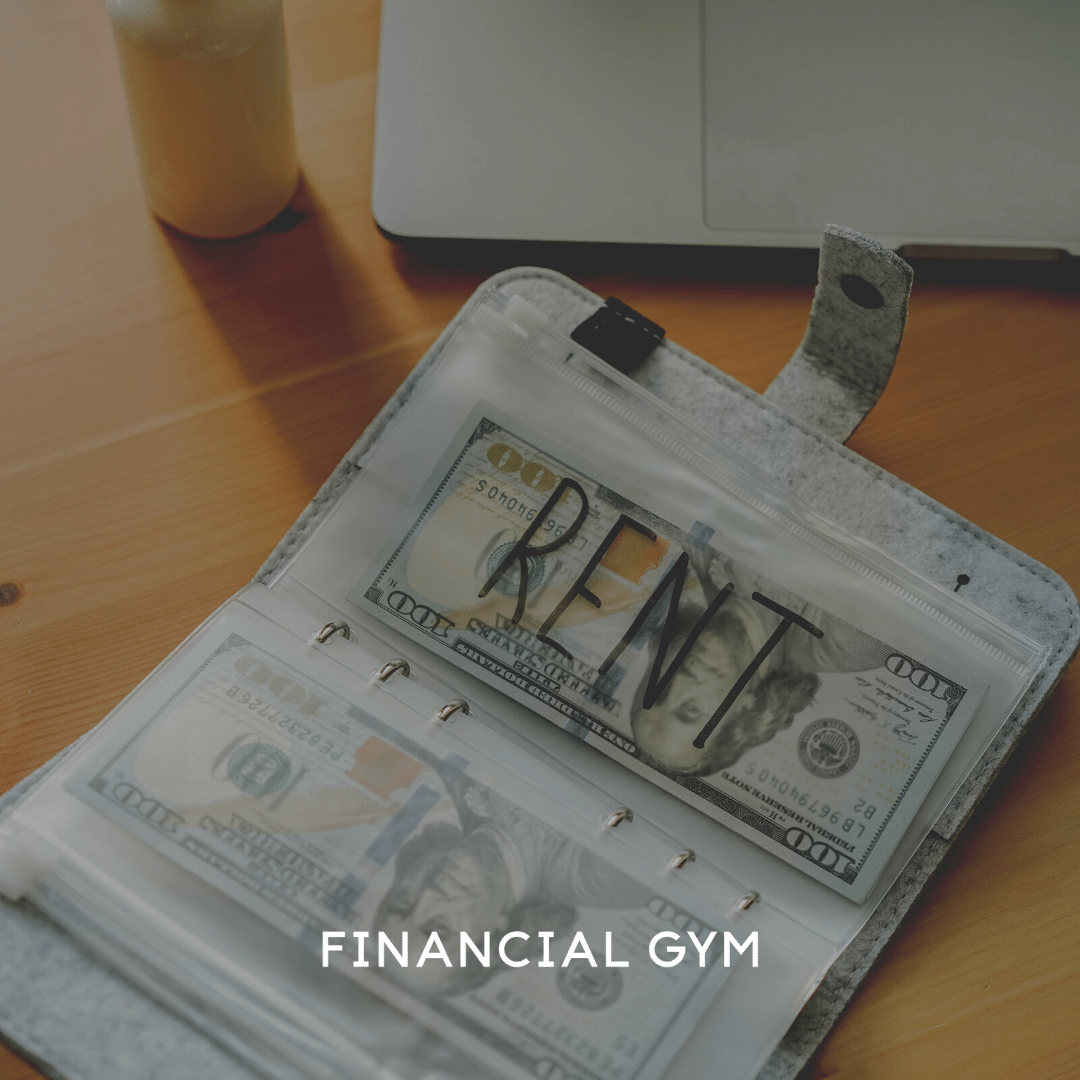What is Cash Stuffing? And How to Make it Work Today
As many people’s budgets have gotten tighter over the past year, there has been a resurgence of interest in simple but effective ways to manage money. One of those trends you might have caught in news headlines or on TikTok is cash stuffing.
What is cash stuffing?
Cash stuffing is a new name for a tried-and-true budgeting method: the cash envelope system. Whatever you call it, the premise is simple: withdraw your paycheck in cash and divide it (or “stuff it”) into separate envelopes for the various categories of your budget. Wherever you spend on say, groceries, you use cash from your “groceries” envelope. If you run out of money in an envelope, you are either done spending on that category until your next paycheck or you must reallocate money from a different envelope.
What are the benefits of cash stuffing?
It’s tangible: The financial industry has worked very hard to make money feel less real. Credit cards and buy now pay later services in particular ease the psychological pain of spending that we feel when we buy something.
You won’t go into debt: If you stick to only spending physical cash, you can’t rack up credit card debt or unknowingly incur overdraft fees while making everyday purchases.
What are the downsides of cash stuffing?
Not all vendors take cash: These days, it may not possible to use physical cash for all of your purchases, including for categories of spending that we usually need a little more help monitoring. For example, if you have an envelope for dining out but want to order DoorDash, you can’t pay with cash. If some of your retail expenses include online shopping or Amazon orders, you may also struggle with the cash stuffing method.
Cash is less secure: Carrying around cash isn’t always safe or practical. You don’t have the same recourse if your cash is stolen that you have if someone makes a fraudulent charge on your credit or debit card.
How can you make cash stuffing work for you?
If you are intrigued by cash stuffing but not ready to switch to all cash, there are ways to get the benefits without some of the drawbacks.
Use it for the problem areas of your budget
Rather than trying to manage your whole budget in cash, identify one or two categories to use this method for. These categories should be areas in which you are trying to be more mindful of your spending and that lend themselves to using cash.
Use modern alternatives
As the popularity of using debit has increased, so have the options for using a digital “cash envelope” system:
Qube Money: Qube Money specifically advertises itself as the modern cash envelope system. However, rather than juggling cash, you use one debit card and select which digital envelope you want to spend from before making a purchase.
Ally Bank Spending Buckets: Ally Bank allows you to create “spending buckets” to budget your money. You can then assign your transactions to your buckets to keep track of how much you spend in each category.
Separate Checking Accounts: You can also set up separate checking accounts for categories of your budget and fund them each time you get paid. You’ll need a bank that allows you to have multiple accounts.
While none of these alternatives can replace the tactile feel of using physical cash, they otherwise have similar budgeting benefits.
Need help getting your budget to work for you?
To get started, schedule a free 20-minute consultation call to speak to a member of our team. We will ask you a few basic questions to get to know you more, walk you through our financial training program steps, and answer any questions you may have. No pressure to join! Need advice quickly? Talk to one of our Trainers on Demand.

